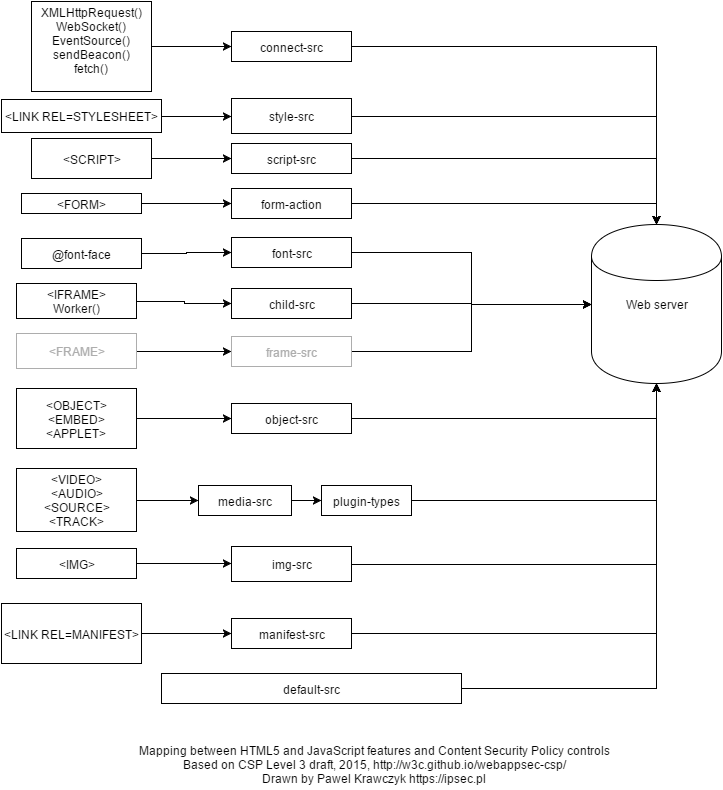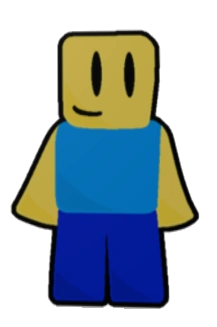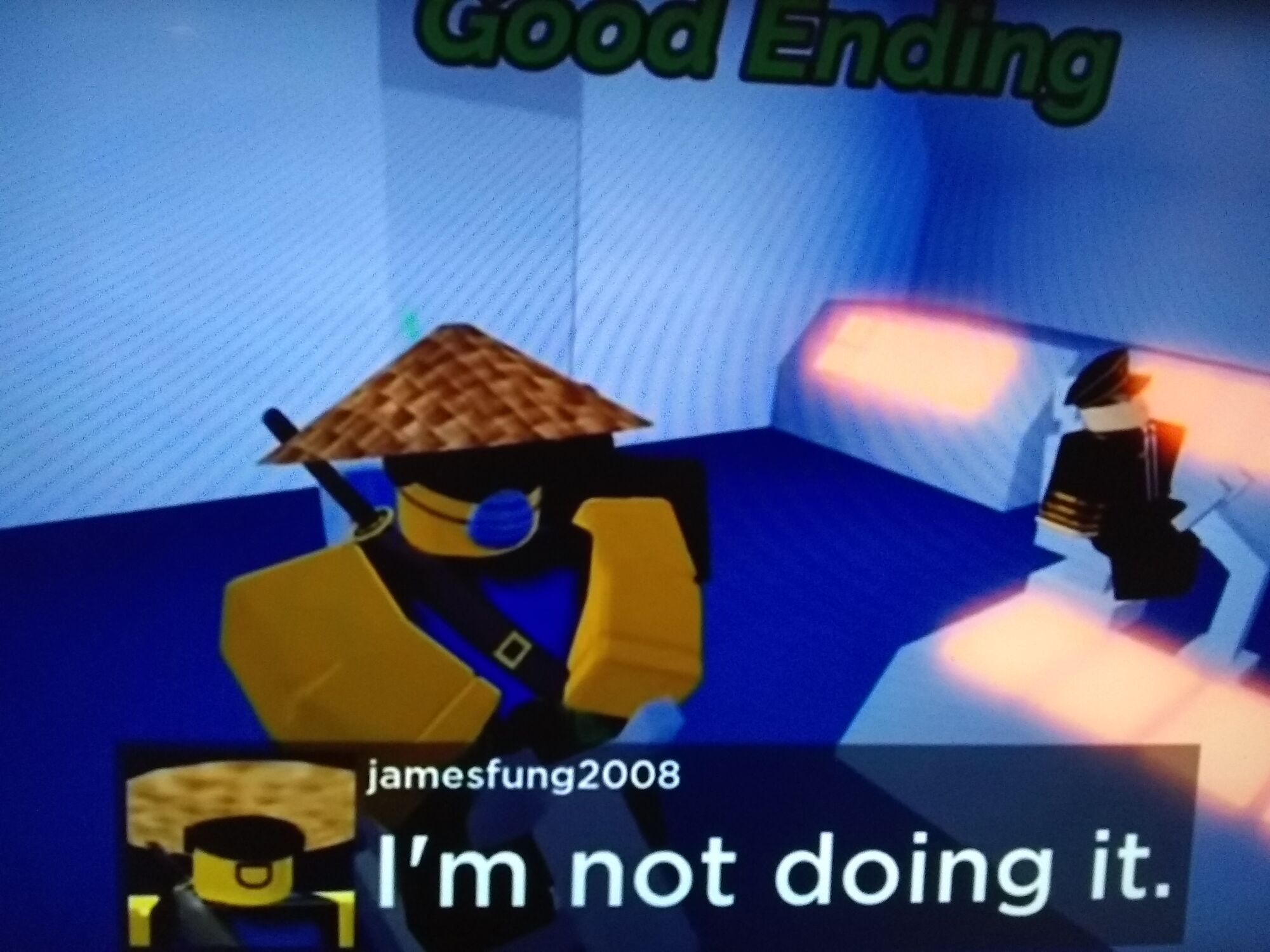
- Click on the NPC and select Head from the menu on the right.
- Expand the Head of the character and if there is no Dialog file in it, click on + in Roblox Studio and add it yourself.
- Select the Dialog file and write a welcome message from the NPC in the InitialPrompt line (this is what he will say if you start a dialogue with him).
- Press the + button in Roblox Studio right after Dialog and add DialogChoice in order to continue the dialogue with the NPC and create phrases with which you will respond.
- Select DialogChoice and write the phrase that the player will have to answer in the UserDialog line, and in the ResponseDialog line write the phrase that the NPC will have ...
- Then you can attach another DialogChoice to DialogChoice and write the phrases you need in order to continue the dialogue indefinitely.
How to make a dialog on Roblox Studio?
Making the speech bubble
- Adding choices. So, you’ve got your speech bubble. ...
- Adding more choices. Our Dialog now has several choices from the user to choose from, which result in the part giving a response.
- More properties and customisation. You can customise your Dialog further with additional properties. ...
- Example. Here’s an example of a Dialog being used. ...
How to have a store using dialog in Roblox?
- 2.1 Objects GetCurrentPlayers ()
- 2.2 void SetPlayerIsUsing (Instance player, bool isUsing)
- 2.3 void SignalDialogChoiceSelected (Instance player, Instance dialogChoice)
How to make a quest dialog in Roblox?
- 2.1 Objects GetCurrentPlayers()
- 2.2 void SetPlayerIsUsing(Instance player, bool isUsing)
- 2.3 void SignalDialogChoiceSelected(Instance player, Instance dialogChoice)
How to make things talk in Roblox?
- For example, if you’re playing a game with someone, you might greet them by simply saying, “Hi!”
- If they respond, you can continue the conversation with them by asking how they’re doing or asking about their interests.
- If someone doesn’t respond to you or doesn’t ask you any questions in response, they might not be interested in chatting. ...
See more

How do you add a script on Roblox?
Inserting a Script You can put scripts anywhere — if you put a script in a part, Roblox will run the code in the script when the part is loaded into the game. Hover over your Part in the Explorer and click the button. Select Script from the menu which appears — this will insert a new script into the platform.
How do you make NPC talk on Roblox?
1:265:48Talking NPC in Roblox Studio (2022) - YouTubeYouTubeStart of suggested clipEnd of suggested clipSo once you go to the properties of the dialog. Basically you can customize uh what the npc. SaysMoreSo once you go to the properties of the dialog. Basically you can customize uh what the npc. Says for example say the conversation distance is 25.
How do you make an NPC say something?
How to Change the Dialog for the NPC in MinecraftOpen the Non Player Character Menu. In this tutorial, we have spawned the NPC that is named "Mr. ... Enter Dialog for the NPC. To add text to the speech bubble, enter a value in the Dialog field. ... NPC's Speech Bubble will be Updated.
How do you make a cutscene intro on Roblox?
1:167:33How to make Cutscenes in ROBLOX Studio - YouTubeYouTubeStart of suggested clipEnd of suggested clipView. Then over with starter gy we have a local script called cutscene client inside of that. WeMoreView. Then over with starter gy we have a local script called cutscene client inside of that. We have a script here. So if you want you could just pause the video to write it all out.
How does Roblox chat work?
To start chatting, press the / key on your keyboard. This will open up the chat window, if enabled by the developer, and a chat-bar where you can type what you would like to say. Once you have entered your text into that bar, hit Enter on your keyboard to send it.
How do you make a typing effect on Roblox?
0:128:58Text Typewriter Effect in GUIs - Roblox Scripting Tutorial - YouTubeYouTubeStart of suggested clipEnd of suggested clipSo local function and I'm going to call it type right. And it's going to take two arguments theMoreSo local function and I'm going to call it type right. And it's going to take two arguments the first argument is going to be the object. That you want to apply the typewriter.
How do you use dialogue in NPC?
The second way /dialogue open is used is to create branching dialogue trees using the scene file. By using the /dialogue open command inside of an NPCs scene file, the NPC can automatically open the next dialogue box for a player, using a /dialogue close command or a button command.
Does NPC stand for?
non-player characterNPC is an acronym that stands for "non-player character." A non-player character is a character in a game that's not controlled by the person playing the game, nor by any sort of AI. They're not usually meant to act like real people.
How do you talk an NPC villager?
In order to trigger a chat message "from" NPCs - say villagers - when approaching them, I am using an always-active repeat-command block (A), a redstone-signal-sensitive impulse-command block (B) and a redstone comparator between them, pointing from A to B.
How do you make Jumpscares on Roblox?
2:0510:47Roblox Jumpscare Tutorial - YouTubeYouTubeStart of suggested clipEnd of suggested clipService we're going to insert an object. And we're going to insert a script. We're going to renameMoreService we're going to insert an object. And we're going to insert a script. We're going to rename this script to jumpscare script so this script is the one that is going to take care of the touch.
How do you make a piggy cutscene on Roblox?
1:108:31ROBLOX PIGGY BUILD MODE OFFICIAL CUTSCENE CREATOR!!YouTubeStart of suggested clipEnd of suggested clipSo like enter some dialogue here scene one okay enter some dialogue. Here.MoreSo like enter some dialogue here scene one okay enter some dialogue. Here.
How do you use moon Animator 2?
0:084:45Moon Animator 2 Basics - Official Tutorial - YouTubeYouTubeStart of suggested clipEnd of suggested clipOpen a new base play place and go to the plugins tab moon animator should be here using characterMoreOpen a new base play place and go to the plugins tab moon animator should be here using character inserter add an r6 rig to the place. Open moon animator. And make a new file.
What is a dialog object?
The Dialog object allows users to create non-player characters (NPCs) that players can talk to using a list of choices. The Dialog object can be inserted into a part such as a Humanoid’s head, and then a player will see a speech bubble above the part that they can click on to start a conversation.
When is a dialog fire?
Fired when a player chooses something to say, through a Dialog instance .
What happens if you don't select a Roblox dialogue object?
If you’re not selecting one, it’ll try to find it recursively down the hierarchy of the object you selected. If it doesn’t find one, it’ll warn you appropriately.
How many objects does the dialogue editor put in?
The Dialogue Editor plugin puts three objects in three locations:
What is an action in Lua?
Action: similar to the Condition, an Action is an arbitrary Lua function . However, its return type is irrelevant (as it isn’t used). This is merely a place for you to run code whenever the node is encountered. A Response will run its action when it is clicked by the player, and a Prompt will run its action when shown to the player. You can create and edit the Action by clicking the exclamation point button. If you want to get rid of it, then hold left shift and click the ‘X’ button that appears above it.
How many types of dialogue nodes are there in the dialogue system?
This dialogue system has 2 ( sort of 3) types of dialogue nodes:
Can old dialog be removed?
Old dialog system won’t be “completely” removed, but may be hidden in studio. Goal of this project make that happen!
Do you have to insert dialogchoice objects?
Right now, you have to insert many DialogChoice objects as well as manage and keep track of all outcomes and responses yourself; sometimes you get lost when you have to do that.
Can a dialogue be parented?
Keep in mind that a dialogue can be properly parented to three places (technically, they can be parented anywhere, but the default interface expects them in these types of locations): A model with a “Head” object. Any model with a PrimaryPart. Once you create the dialogue, you will be prompted to begin editing it.

Popular Posts:
- 1. what type of computer do you need to play roblox
- 2. how do you add texture in roblox
- 3. how can i play roblox on my ps4
- 4. how long does roblox support take to respond
- 5. how to get no head on roblox
- 6. how to install roblox player
- 7. how do you hack in jailbreak roblox
- 8. how do i join builders club on roblox
- 9. how to do emotes on roblox
- 10. do you mind roblox id